Narrowing the width of the viaduct has delivered a significant reduction in carbon across the 3.4km viaduct structure, set to be the UK’s longest railway bridge.
Reductions in concrete and steel on the project helped to slash embedded carbon by 63,300 tonnes CO2e – the equivalent of 234,500 flights from London to Edinburgh.
Main works contractor Align JV – a team made up of Bouygues Travaux Publics, Sir Robert McAlpine, and VolkerFitzpatrick – worked for four years on the design with architects Grimshaw and design partners Jacobs and Ingerop-Rendel.
Starting from the reference design produced as part of the HS2 parliamentary process, they refined the design, challenged assumptions, and found efficiencies to help reduce the amount of steel and concrete in the structure.
This included working closely with rail systems experts at HS2 to allow the structure to be narrowed by over 1m, while still allowing sufficient space for signalling and control equipment alongside the line.
Inside the viaduct, the engineers opted for a ‘post-tension’ design, with lightweight super-strong steel cables running the full length of structure.
They also worked to bring the northbound and southbound tracks closer together further north, which in turn significantly reduced the amount of earthworks required for the approach embankment.
Noise barriers will be changed from the original solid concrete to a composite design with noise absorbing steel cassettes at the bottom and transparent acrylic at the top, helping to reduce the amount of concrete.
An extensive programme of test piling resulted in a 10-15% reduction in the depth of the piles and associated time, cost and carbon savings.
Billy Ahluwalia, HS2 Ltd Senior Project Manager, said: “By providing a cleaner, greener way to travel, HS2 will help cut the number of cars and lorries on our roads, cut demand for domestic flights, and help the fight against climate change.
“But we’re also serious about reducing the amount of carbon we use during construction, and the Colne Valley Viaduct is a great example of how we’re using the latest engineering techniques to do just that.
“Concrete is one of our industries’ biggest sources of embedded carbon – and this design will help us cut our carbon footprint while delivering a lighter, stronger and more elegant structure.”
The main deck of the viaduct will be built in sections at a temporary factory nearby before being assembled from north to south starting next year.





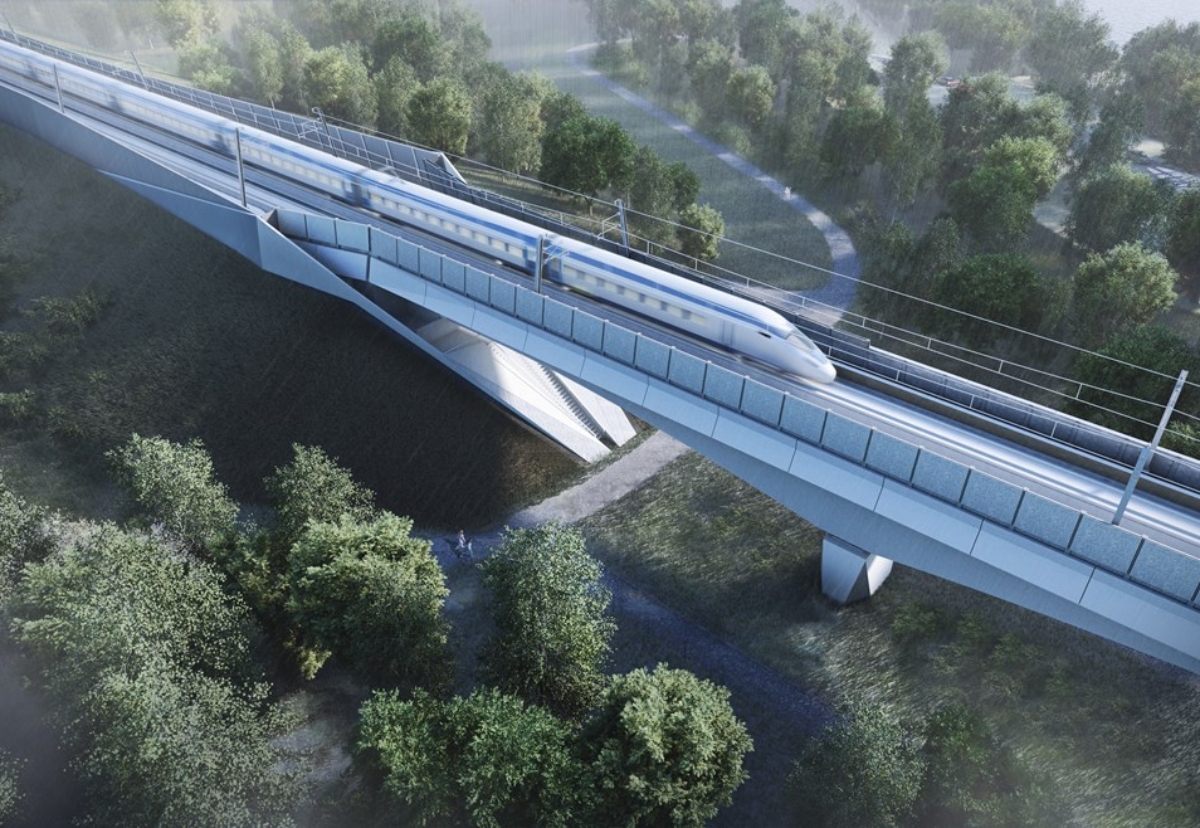


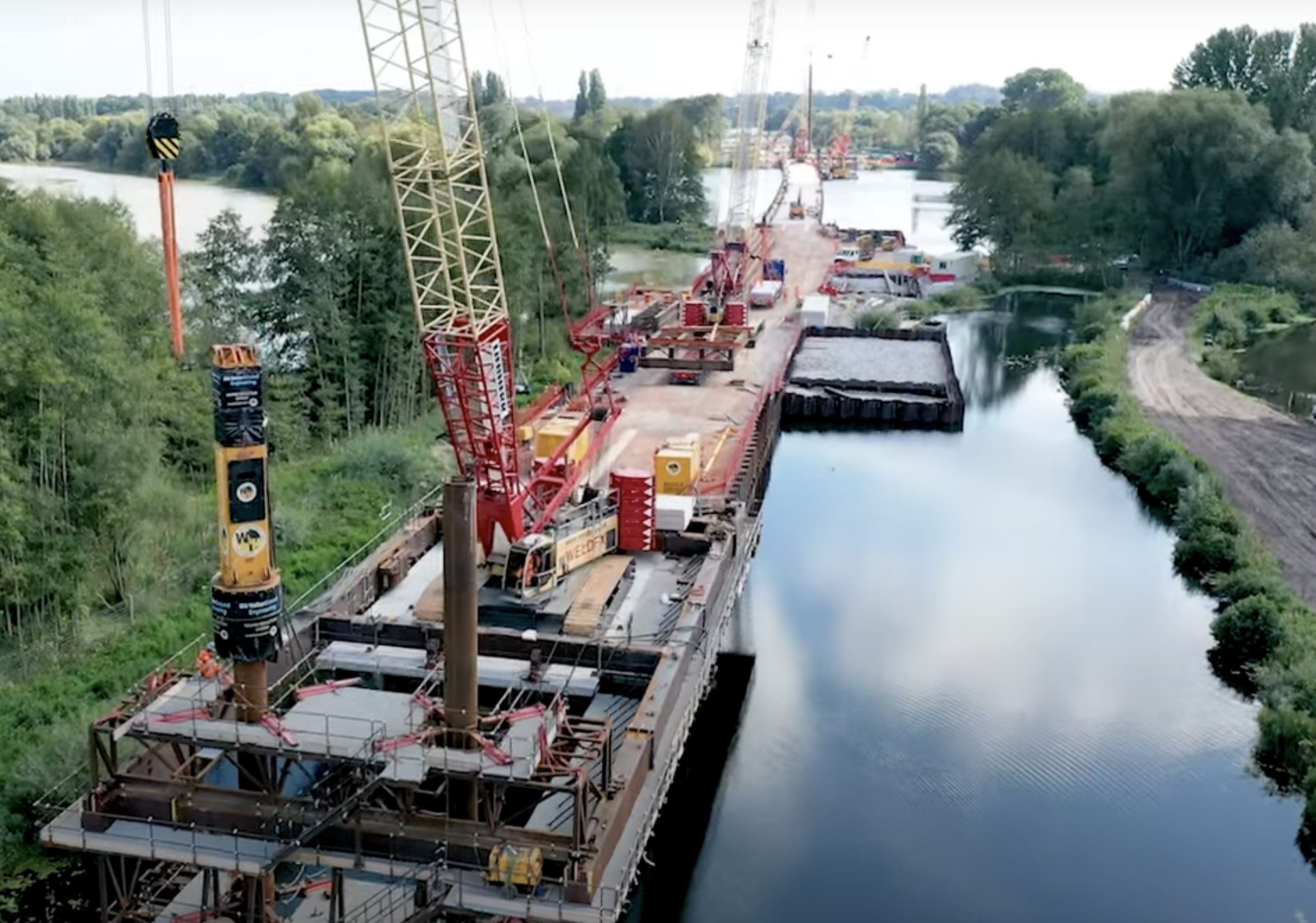

























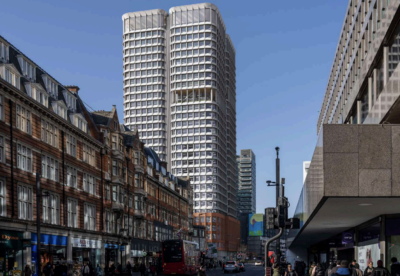


 (300 x 250 px).jpg)
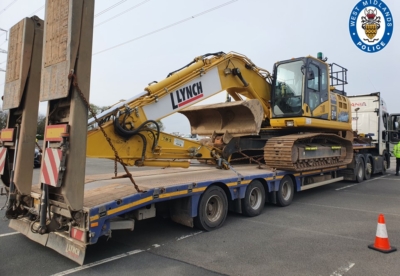








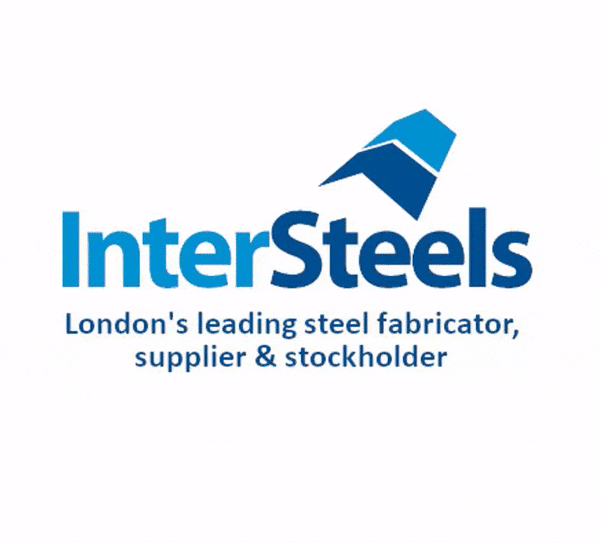
.gif)






